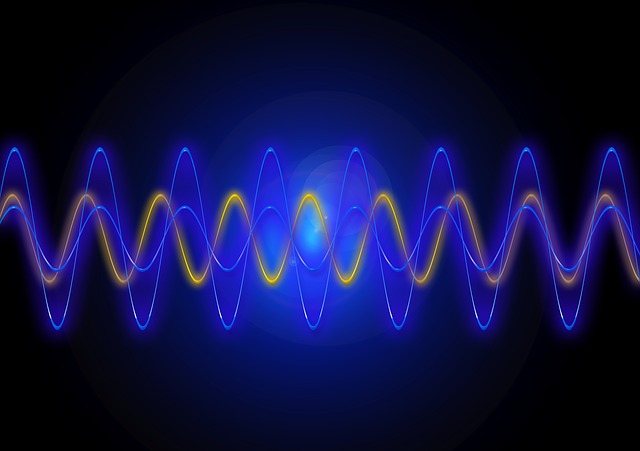I am pleased that a paper titled “A Phase Shift and Sum Method for UWB Radar Imaging in Dispersive Media” has been published in IEEE Transactions on Microwave Theory and Techniques, in 2019, that I am a co-author on through prior work with the Celadon Research Division of Ellumen Inc.
This paper discusses applying a novel algorithm called phase shift and sum (PSAS) algorithm to reconstruct images from data collected from a fully automatic frequency and time domain measurement system for microwave imaging using a pair of movable antennas. The system described in the paper incorporates features from the Microwave Imaging Device patent where a pair of movable antennas are independently controlled to rotate around a region of interest. This paper builds upon work previously presented in 2018, in IEEE Transactions on Microwave Theory and Techniques in the paper A Time-Domain Measurement System for UWB Microwave Imaging and in 2017, in Progress In Electromagnetic Research C in the paper A novel cavity backed monopole antenna with UWB unidirectional radiation.

The PSAS algorithm resolves the multispeed and multipath issue when UWB signals propagate in dispersive media. In the PSAS method, frequency components in the UWB scattered signal are individually processed for phase shift compensation and amplitude decay compensation. The phase shift frequency responses are integrated over the spectrum, and the results are converted to a pixel value at each focal point to form an image. Using time domain signals collected from a digital phosphor oscilloscope for experimental tests, PSAS is compared to two traditional time-shift radar-based microwave imaging algorithms: delay-multiply-and-sum (DMAS) and robust artifact resistant (RAR). In the experimental tests two different objects are placed in a plastic graduated cylinder filled with glycerin. Results demonstrate superiority of PSAS over traditional time-shift methods with the lowest possibility of missing a weak scatterer and the lowest possibility of distortion of an object. I encourage you to download and read the full “A Phase Shift and Sum Method for UWB Radar Imaging in Dispersive Media” paper from IEEE for all the details of the algorithm, experimental setup, and image reconstruction results.
